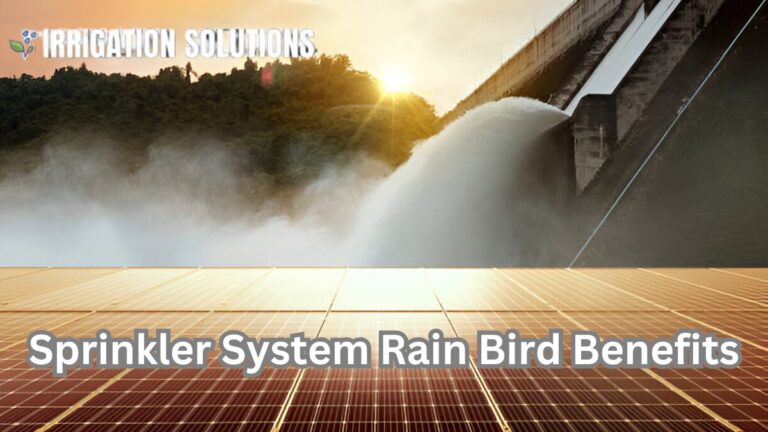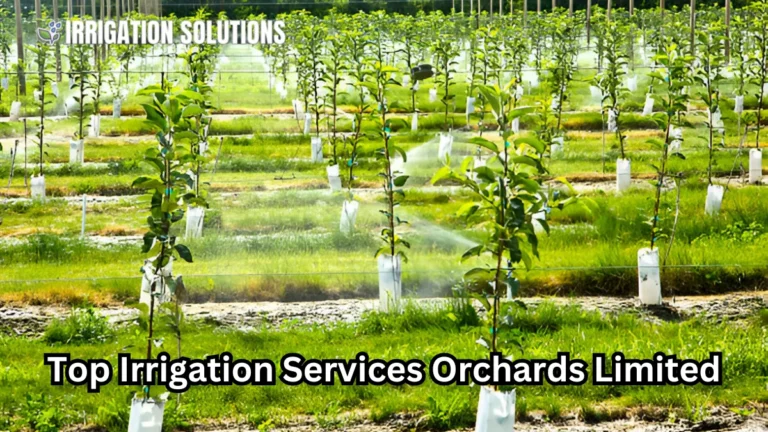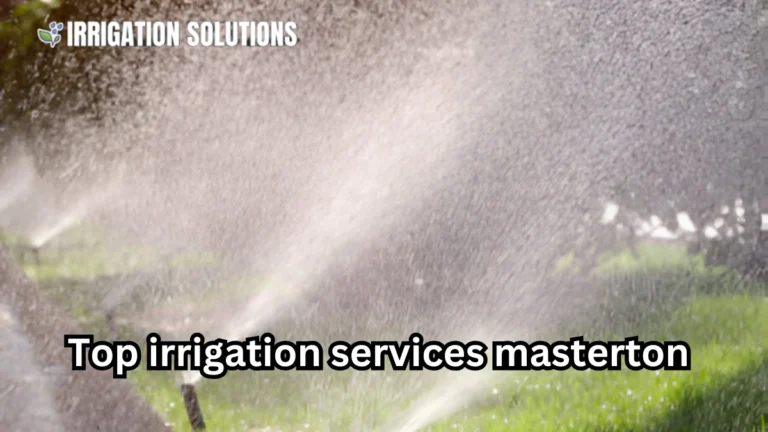Best irrigation system solutions

irrigation system solutions is the backbone of agriculture, ensuring crops get the water they need to thrive, even in regions with limited rainfall. As climate change continues to alter weather patterns, reliable and efficient irrigation systems have become more critical than ever. This blog explores innovative irrigation system solutions, their benefits, and how they contribute to sustainable agriculture.
The Importance of irrigation system solutions
Water is a finite resource, and agriculture consumes approximately 70% of the world’s freshwater supply. Efficient irrigation systems ensure water is used judiciously, reducing wastage while optimizing crop yield. Key benefits of efficient irrigation include:
- Improved crop productivity: Ensures crops receive the right amount of water at the right time.
- Water conservation: Reduces wastage, safeguarding freshwater resources for future generations.
- Cost savings: Lowers water bills and operational costs for farmers.
- Reduced environmental impact: Minimizes runoff and soil erosion.
Types of Irrigation Systems
Understanding the various irrigation systems available can help farmers select the best option for their needs. Below are some popular systems:
Surface Irrigation
Surface irrigation involves distributing water across the field by gravity. While it’s one of the oldest methods, it’s also less efficient compared to modern alternatives.
Pros:
- Simple and low cost setup.
- Ideal for flat terrains.
Cons:
- High water wastage due to evaporation and runoff.
- Uneven water distribution in larger fields.
Drip Irrigation
Drip irrigation delivers water directly to the plant roots through a network of tubes, emitters, and valves. This method is highly efficient and popular in arid regions.
Pros:
- Saves up to 50% more water than traditional methods.
- Reduces weed growth by targeting specific areas.
- Enhances plant health by preventing overwatering.
Cons:
- High initial setup costs.
- Requires regular maintenance to prevent clogging.
Case Study: In Israel, farmers have adopted drip irrigation widely. This technique has enabled them to transform arid deserts into productive farmland, demonstrating its effectiveness in water scarce regions.
Sprinkler Irrigation
Sprinkler systems mimic natural rainfall by spraying water through nozzles. They are versatile and suitable for various crop types.
Pros:
- Uniform water distribution.
- Suitable for irregularly shaped fields.
Cons:
- High evaporation losses in windy or hot conditions.
- Higher energy consumption.
Subsurface Irrigation
Subsurface irrigation involves burying water delivery pipes below the soil surface, directly hydrating the root zone.
Pros:
- Minimal evaporation losses.
- Ideal for water sensitive crops.
Cons:
- Difficult to install and maintain.
- Not suitable for all soil types.
Advanced Irrigation Technologies
Technological advancements have revolutionized irrigation systems, making them smarter and more efficient. Below are some cutting edge solutions:
Smart Irrigation Systems
Smart irrigation uses sensors, weather data, and automation to optimize water use. Benefits include:
- Real-time monitoring of soil moisture levels.
- Automatic adjustments based on weather forecasts.
- Significant water and energy savings.
Example: A vineyard in California implemented a smart irrigation system, reducing water usage by 25% while maintaining grape quality.
Solar Powered Irrigation
Solar powered systems are a sustainable solution, especially in off grid areas. They use solar panels to power pumps and controllers, making irrigation eco friendly.
Advantages:
- Reduces reliance on fossil fuels.
- Low operational costs after initial investment.
- Suitable for remote locations.
Remote Sensing and Drones
Drones equipped with thermal imaging and remote sensors can identify dry patches in fields, allowing for targeted irrigation.
Benefits:
- Saves water by focusing only on areas that need it.
- Provides farmers with detailed insights into crop health.
AI and Machine Learning
AI-powered systems analyze large datasets, including weather patterns, soil conditions, and crop types, to recommend optimal irrigation schedules.
Use Case: A farm in Australia used AI to reduce water usage by 30%, enhancing sustainability without sacrificing yield.
Factors to Consider When Choosing an Irrigation System
Selecting the right irrigation system depends on several factors:
| Factor | Description |
| Crop Type | Different crops have varying water needs. |
| Soil Type | Sandy soils require frequent irrigation, while clay soils retain water longer. |
| Climate | Determines the amount and frequency of irrigation needed. |
| Budget | Includes initial setup costs and ongoing maintenance. |
| Field Size and Shape | Influences the type of system that will be most efficient. |
Best Practices for Efficient Irrigation
To maximize the benefits of your irrigation system, consider these best practices:
- Regular maintenance: Clean emitters and check for leaks to prevent water wastage.
- Monitor soil moisture: Use sensors to determine when irrigation is necessary.
- Schedule irrigation wisely: Water during cooler parts of the day to minimize evaporation.
- Train workers: Ensure farmworkers understand how to operate and maintain the system.
Challenges in Implementing Irrigation Systems
Despite the benefits, farmers often face challenges such as:
- High initial costs: Advanced systems like drip or smart irrigation require significant investment.
- Maintenance issues: Regular upkeep is necessary to prevent inefficiencies.
- Lack of awareness: Some farmers may not be aware of available technologies or how to implement them effectively.
Future of Irrigation Systems
The future of irrigation lies in integrating technology with sustainable practices. Emerging trends include:
- Precision agriculture: Combines GIS, IoT, and AI for highly targeted irrigation.
- Water recycling: Reuses treated wastewater for irrigation.
- Climate resilient systems: Adapts to changing weather patterns to ensure consistent water supply.
Conclusion
Efficient irrigation systems are vital for sustainable agriculture, ensuring food security while conserving water. By adopting advanced technologies and best practices, farmers can enhance productivity, reduce costs, and minimize environmental impact. As water scarcity becomes a pressing global issue, investing in smarter, more efficient irrigation solutions is not just an option it’s a necessity.






